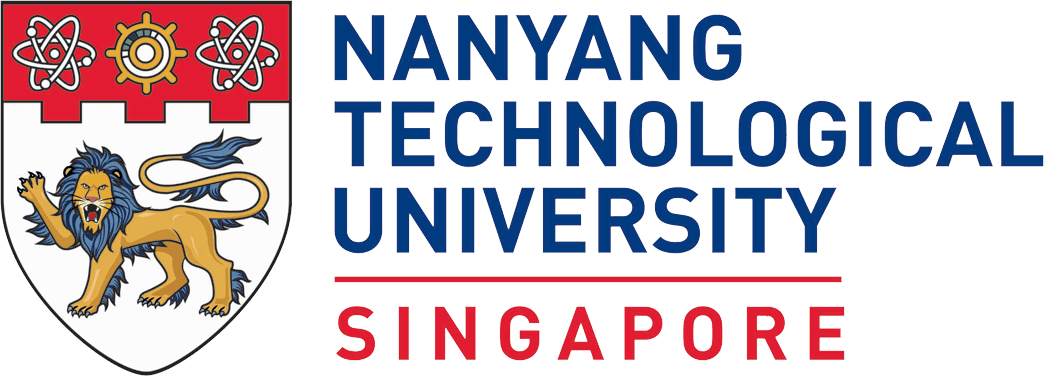
Waseda University is a private university mainly located in Shinjuku, Tokyo, Japan.
The Latest Bing News on:
Waseda University Research
- Is watching sports good for your health?
The Japanese research team used a multi-prong approach - combining data analysis, self-reports, and brain scans - to understand the connection between sports viewing and well-being in the general ...
- Watching sport is 'good for health' as new study finds football 'effective remedy'
The research team from Japan utilised a multi-faceted approach - merging data analysis, self-reports, and brain scans - to comprehend the link between sports viewing and well-being in the general ...
- Thai Villagers Replace Live Cat with Doraemon in Rainmaking Ritual
With no rain for several months in many areas of Thailand and a record breaking heatwave, a rain-making ceremony was held. Traditionally, a real cat would be used, but it seems the locals decided on ...
- Novel high refractive index polymers show promise in sustainable optoelectronics
High refractive index polymers (HRIPs) are essential for manufacturing modern optoelectronic devices, including displays and light sensors. However, high-performance HRIPs are expensive and ...
- Research Highlights Importance Of Weak Social Ties In Neural Networking
By challenging traditional assumptions and exploring brain synchronization in diverse social contexts, this research sheds light on the complex dynamics of social interactions.
The Latest Bing News on:
Waseda University Discovery
- New discovery of a mechanism that controls cell division
Researchers have discovered that how a special protein complex called the Mediator moves along genes in DNA may have an impact on how cells divide. The discovery may be important for future research ...
- Kill the sun! How wild thought experiments drive scientific discovery
My colleagues call me a supervillain for trying to destroy the cosmos, but this kind of imaginative thinking isn't so far from what scientists do, says space reporter Leah Crane ...
- An electrifying discovery may help doctors deliver more effective gene therapies
In an effort to improve delivery of costly medical treatments, a team of researchers in electrical engineering at the University of Wisconsin–Madison has developed a stimulating method that could make ...
- Drug Discovery & Development
The Master of Science degree program in Drug Discovery & Development (DDD) offers students the opportunity to understand, evaluate and engage with the entire process of drug discovery and development.
- Enzyme discovery paves the way for developing universal donor blood
Researchers at DTU and Lund University have discovered enzymes that remove hindrances that stood in the way of developing universal donor blood.








